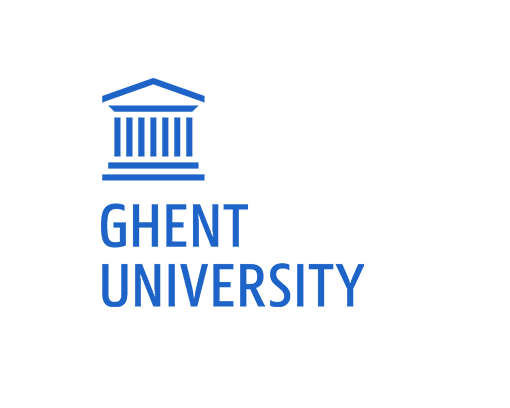Editorial
- Annelies Verdoolaege (Editor-in-Chief)
Abstract
This special issue of Afrika Focus is called “(r)Urban Africa: multidisciplinary ap- proaches to the African city”. It contains a number of articles that were presented at GAPSYM5, the fifth symposium of the Africa Platform of the Ghent University Association, on 2 December 2011. In all four articles in this issue the reader is introduced to a unique aspect of African culture. These are cultural elements or developments the West should be made aware of, they could be promoted and supported by the West, and they could even be enriching for external powers. In his article “The Ogaden War: Somali women’s roles” Van Hauwermeiren tries to refute the stereotypical role the West tends to attribute to African women. During the 1977 Ogaden War, both Somali and Ogadeni women were active in the war, thus presenting a different image of gender roles in the Horn of Africa. Van Hauwermeiren stresses that women participated in the war of their own free will, and that they were respected for what they did. This article illustrates that the role of women in African societies is often much stronger than expected. It is espe- cially women who testify to dynamism, resilience and exibility, and this also in African cultures usually associated with very stereotypical gender roles. This is one of the African strengths the West should try to tap into and help to develop. Brinkman’s article – “Town, village and bush: war and cultural landscapes in south-eastern Angola (1966- 2002)” – also talks about a war situation, more particularly about the opposition between ‘town’ and ‘bush’ during the war in Angola, and how this opposition altered perceptions and could eventually have lethal consequences. The fact that the terms ‘urban’ and ‘rural’ received a very particular, but rapidly changing significance is illustrative of a society that wants to start appropriating reality to its own needs, rather than having its reality determined by post-colonial imaginations. In Mpofu’s article – “Perpetual ‘Outcasts’? Squatters in peri-urban Bulawayo, Zimbabwe” – the reader is introduced to a typical urban African phenomenon: the township dweller. The author stresses that squatter camps are often informal, but well-organized societies that should qualify as ‘cities inside the city’. These squatter camps are dynamic structures in which citizenship and local identity are forged – they are another vibrant element of contemporary Africa, to which local governments and Western agencies should pay much more attention. Finally, Batibonak also describes a distinctive African phenomenon in her article “Sorcellerie en milieu urbain amplifiée par les pentecôtismes camerounais”. This article deals with the way in which witchcraft was transformed when it was introduced into modern city life. In the context of Cameroon, witchcraft has thus been reconstructed by Pentecostal preachers in order to find an answer to socio-economic urban challenges. Also in this case, a fundamental African concept is transformed and re-invented, in a manner that attests to an enormous capacity for exibility and vitality.
The strength of women, the re-appropriation of current-day realities, the dynam- ics of new and informal social structures, and the exibility of traditional values are all unique elements of African society, but these elements rarely attract attention, as they do not match the merely economic or security-oriented interests in Africa.
In finishing, we would like to draw the reader’s attention to the fact that this issue of Afrika Focus also contains a large number of reports, most of which are extensive reports of doctoral research. These reports provide an interesting overview of the research that is being carried out in and on Africa and they testify to the fact that Africa is indeed a valuable research site, with highly competent researchers and research institutes.
How to Cite:
Verdoolaege, A., (2012) “Editorial”, Afrika Focus 25(2). doi: https://doi.org/10.21825/af.v25i2.4966
Downloads:
Download PDF
View
PDF
